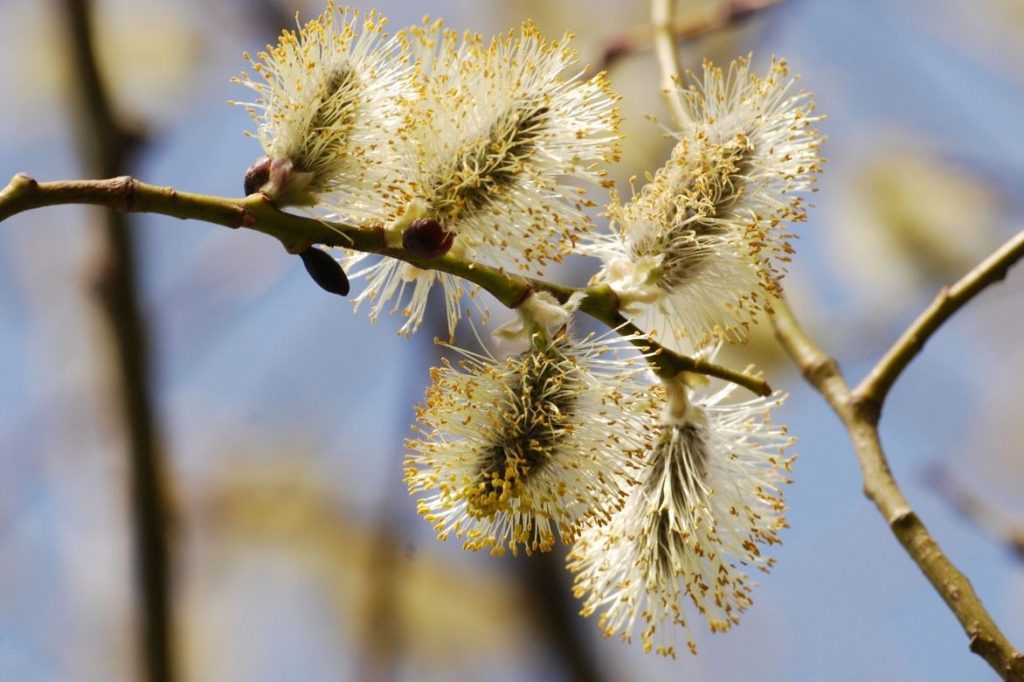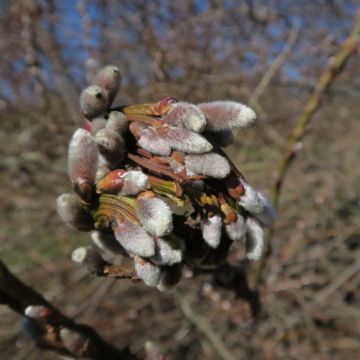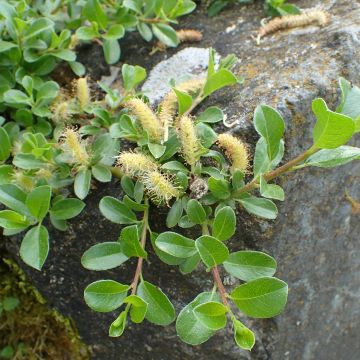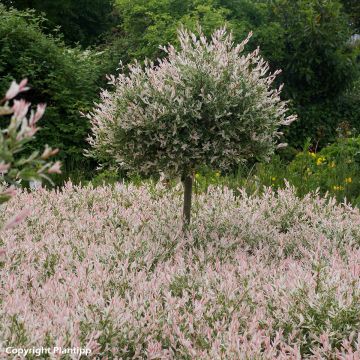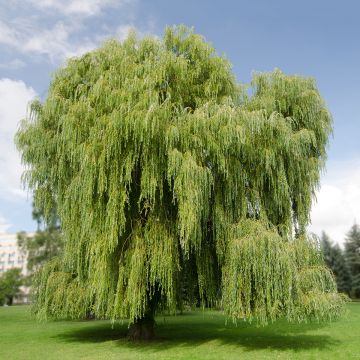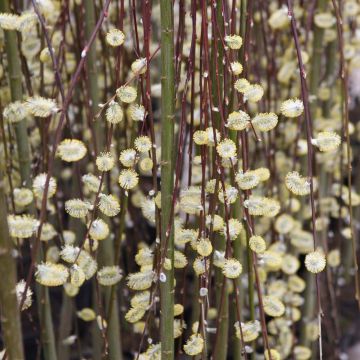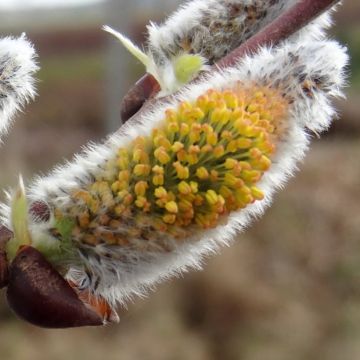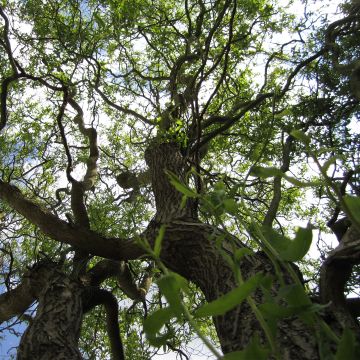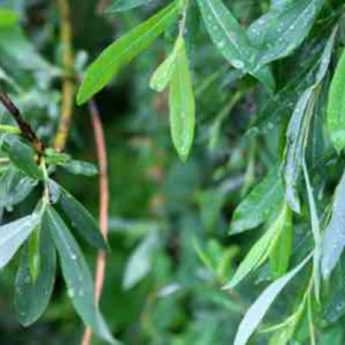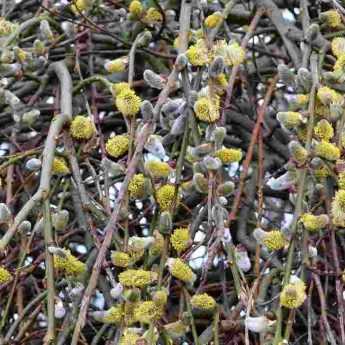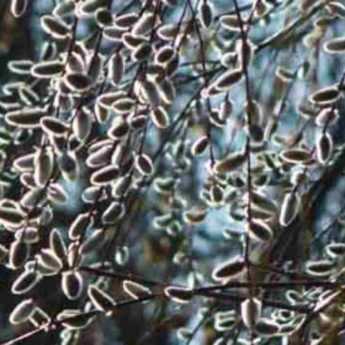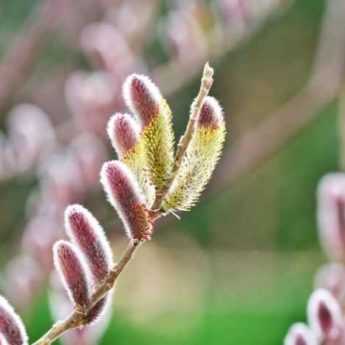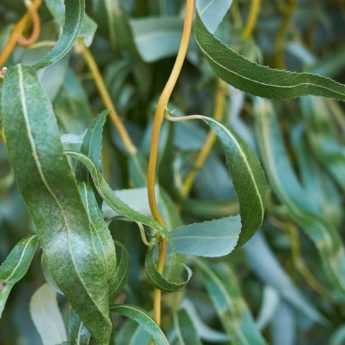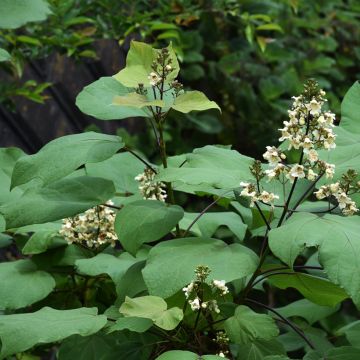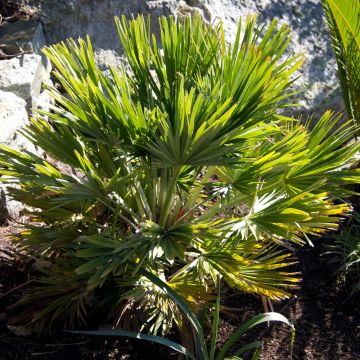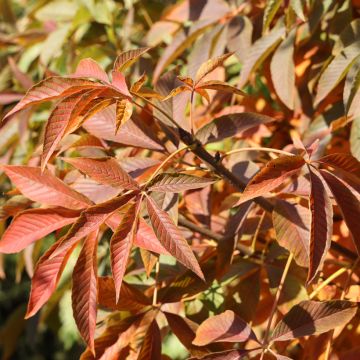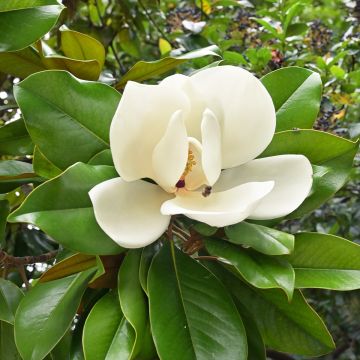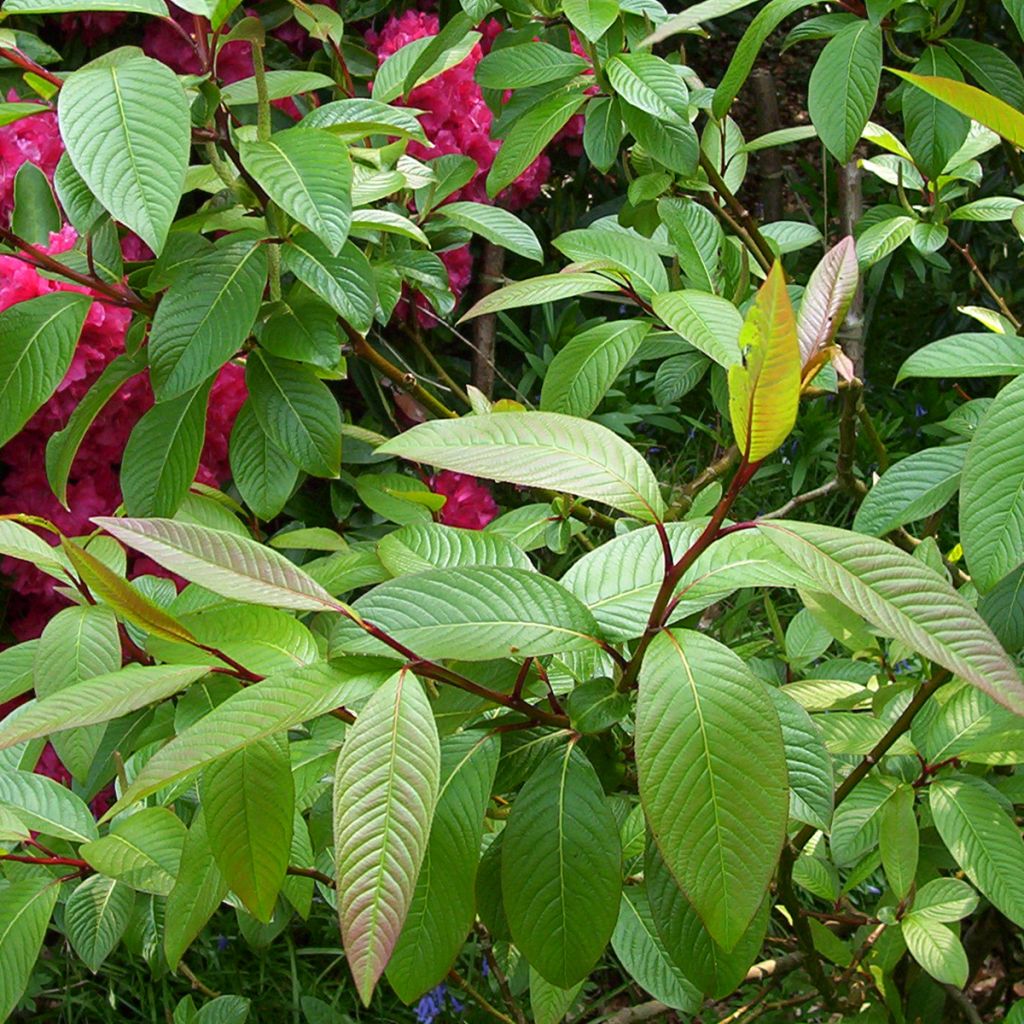

Salix moupinensis - Saule chinois arbustif


Salix moupinensis - Saule chinois arbustif
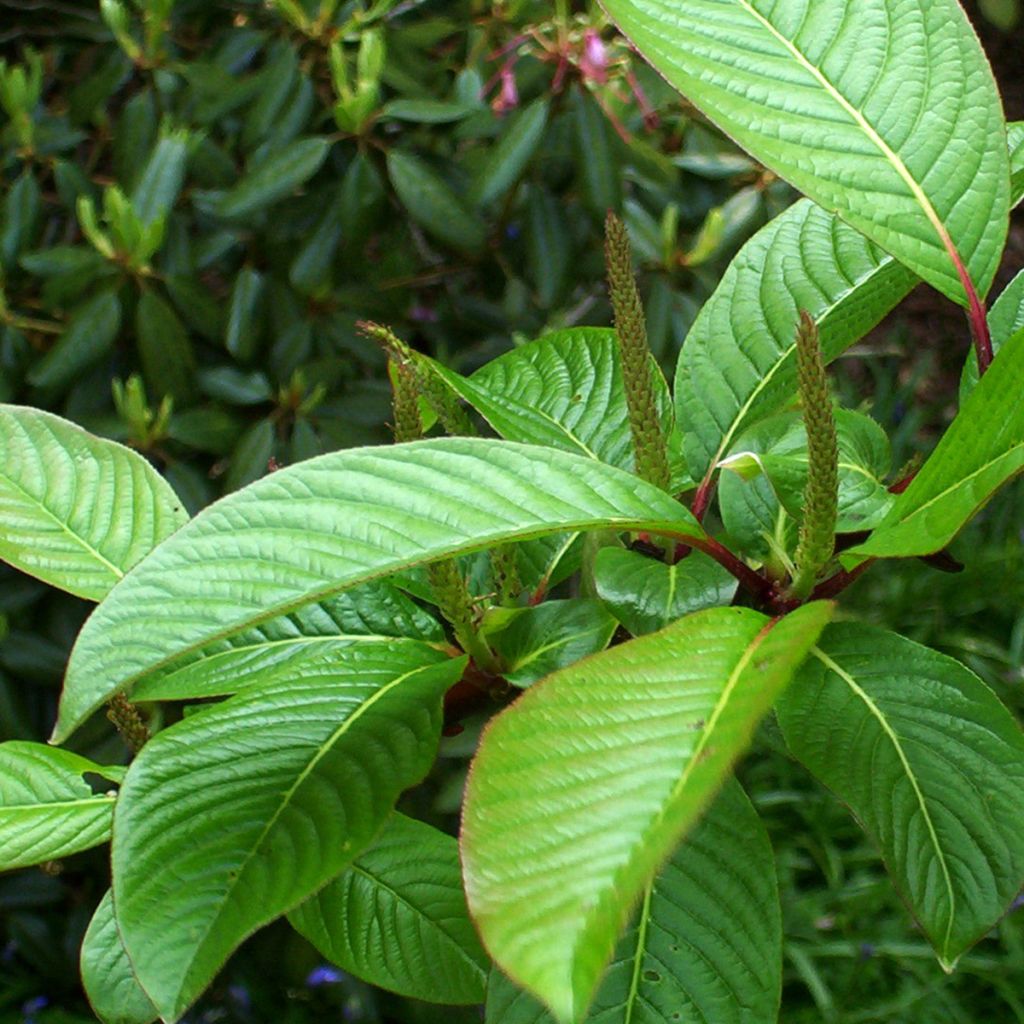

Salix moupinensis - Saule chinois arbustif
Salix moupinensis - Saule chinois arbustif
Salix moupinensis
Saule de Moupine
Garantie de reprise de 24 mois sur cette plante
Plus d'infos
Nous garantissons la qualité de nos plantes durant un cycle végétatif complet.
Nous remplaçons à nos frais toute plante n'ayant pas repris dans des conditions climatiques et de plantation normales.
A partir de 7,90 € pour une livraison en relais et 6,90 € pour une livraison à domicile
Livraison express à domicile en 24-48h: 8,90 €.
Cette plante est-elle adaptée à mon jardin ?
Je crée mon profil Plantfit →
Description
Le Salix moupinensis est une espèce chinoise à croissance lente et de petit développement, très ornementale. Cet arbuste est remarquable par son feuillage vert foncé brillant, porté par des rameaux rougeâtres qui forment ainsi un contraste magique avec les longues feuilles. Les chatons printaniers érigés ajoutent une touche de verticalité à cette plante très graphique, idéale pour les petits jardins. Bien rustique, ce saule a besoin de fraîcheur, nécessitant un abri contre le soleil vif et un terrain plutôt humide.
Appartenant à la famille des Salicacées, comme les peupliers, le Salix moupinensis est une espèce botanique caduque originaire des zones montagneuses chinoises de l'ouest de la province du Sichuan et du nord du Yunnan. On le trouve à une altitude comprise entre 1500 et 3000 mètres, ce qui explique sa bonne rusticité. Cette espèce a été découverte en 1869 par le Père David, un éminent botaniste très actif en Chine et auquel ont été dédiés un arbre, le Davidia et de très nombreuses espèces (Viburnum davidii, Acer davidii etc...). Introduit en 1910 dans le célèbre arboretum Arnold (Harvard University, Boston) par E.H. Wilson, et de là à Kew Gardens à Londres, ce saule s'est ensuite peu à peu répandu dans les parcs et jardins, tout en restant relativement rare en culture. Il est par ailleurs assez fréquemment confondu avec le Salix fargesii auquel il ressemble visuellement.
Le Salix moupinensis est un arbuste à croissance lente, atteignant en une dizaine d'années une hauteur de 1,50 à 2 m pour autant en largeur, et ne dépassant pas 3 m en tous sens au maximum à maturité (atteinte entre 20 et 50 ans). Les feuilles obovales à lancéolées sont très allongées, mesurant de 6 à 13 cm de long, et sont très finement dentées sur le pourtour. Elles sont parcourues de nombreuses nervures bien visibles, disposées en arêtes de poisson. D'un beau vert assez foncé, leur surface est brillante, et forme un superbe spectacle par contraste avec les jeunes rameaux rouge acajou qui les portent. Lorsqu'elles émergent au printemps, les jeunes feuilles tendres se teintent partiellement d'orange, rehaussant encore l'aspect ornemental de l'arbuste. Le limbe foliaire est supporté par un court pétiole, du même rouge acajou que les rameaux. La floraison a lieu vers le mois d'avril, les chatons, mâles ou femelles selon les pieds, car la plante est dioïque, apparaissent alors. Mesurant approximativement 6 cm de long pour les mâles, le double chez les femelles, de couleur verdâtre, ils sont dressés vers le ciel. Sans être franchement décoratifs, ils ont néanmoins un certain intérêt graphique en créant des lignes verticales sur une silhouette dans laquelle l'horizontale domine, du fait des feuilles étalées. Caduc, le feuillage chute à l'automne.
Ce Salix moupinensis est un superbe arbuste trop peu connu, malgré son grand intérêt ornemental. Il est parfait pour les petits jardins, à condition de lui trouver un emplacement abrité du soleil trop vif et de bénéficier d'un sol frais, voire humide, car il déteste la sécheresse. Pour constituer une jolie scène en lisière d'arbre, associez-le à des arbustes à fleurs comme le petit Clethra alnifolia Ruby Spice, qui ne dépasse pas 1 m de hauteur, et qui offre une belle floraison rose parfumée ainsi que de jolies couleurs automnales dans les tons jaunes. Le classique, mais toujours apprécié Aucuba japonica Variegata permettra de bénéficier d'un feuillage persistant en hiver, vert moucheté de jaune, et à condition qu'il y ait un pied pollinisateur à proximité, de jolis fruits rouges bien décoratifs. Quelques vivaces d'ombre judicieusement installées aux pieds de vos arbustes parachèveront votre création. Les Hellébores persistants aux superbes floraisons hivernales vous réjouiront de leurs couleurs variées selon les variétés, tandis qu'au printemps, les Myosotis du Caucase, ou Brunnera, prendront le relais avec leur gracile floraison bleue ou blanche.
Port
Floraison
Feuillage
Botanique
Salix
moupinensis
Salicaceae
Saule de Moupine
Chine
Autres Saules - Salix
Plantations et soins
Le Salix moupinensis doit être planté de préférence à mi-ombre, et impérativement à l'abri des rayons vifs du soleil qu'il ne supporte pas. L'automne est la meilleure saison, car il profitera ainsi des pluies hivernales. Il a besoin d'un terrain frais, parce qu'il supporte mal la sécheresse, tant atmosphérique que celle du sol. En revanche, il s'adapte aussi bien en sol légèrement acide que légèrement alcalin, dans une plage de pH allant de 6 à 7,8 environ. Avant la plantation, faire tremper la motte un quart d'heure dans un seau d'heure pour bien l'imbiber. Creuser un trou de 50 cm de côtés et de profondeur, mélanger du terreau de plantation à la terre en place et même un peu de compost pour améliorer la rétention en eau. Positionner la motte, reboucher autour et arroser abondamment. En toutes régions, suivre les arrosages les deux premières années pour aider l'arbuste à s'installer. En région chaude et sèche, une fois que la plante est établie, un arrosage copieux tous les 15 jours ou trois semaines suffira. Cet arbuste est parfaitement résistant au froid et aux fortes gelées, mais ses jeunes pousses peuvent être détruites par les gelées tardives : on évitera donc de le planter à l'est dans nos régions les plus froides. Pour favoriser un port touffu et la formation de rameaux porteurs de chatons, il est possible de tailler de temps en temps, tous les quatre ans, tout en gardant à l'esprit que sa croissance est lente, donc pas de coupe d'ampleur !
Maladies et ravageurs des saules:
Les feuilles et les rameaux sont sensibles à différentes maladies cryptogamiques. Ramassez toutes les feuilles en automne, brûlez-les et traitez à la bouillie bordelaise. De nombreux insectes comme les pucerons et les chenilles dévorent le feuillage. En cas d'infestation massive, vaporisez sur le feuillage, le soir, un produit à base de pyrèthre.
Quand planter ?
Pour quel endroit ?
Soins
Nos conseils plantation et soins
Le Saule 'Blue Streak'
notre spécialiste

Cet article n'a pas encore reçu d'avis; soyez le premier à partager votre expérience.
Arbustes à feuillage remarquable
Vous n'avez pas trouvé votre bonheur ?
La rusticité est la température hivernale la plus basse qu'une plante puisse endurer sans subir de dommages sérieux, voire mourir. Cette rusticité est toutefois affectée par l'emplacement (zone abritée, comme un patio), les protections (voile d'hivernage) et le type de terre (la rusticité est améliorée par un sol bien drainé).

Conditions Générales d'Utilisation du Service Photos Client
Dans le but de favoriser l’interaction et le partage d'expériences entre jardiniers, Promesse de fleurs propose différents services permettant le dépôt de contenus sur son Site – via notamment le module « Partage de photos».
L’Utilisateur s’interdit de:
- Publier tout contenu illégal, préjudiciable, injurieux, raciste, incitant à la haine, révisionniste, contraire aux bonnes mœurs, portant atteinte à la vie privée ou portant atteinte aux droits privatifs de tiers, notamment le droit à l’image des personnes et des biens, le droit de propriété intellectuelle ou le droit au respect de la vie privée
- Déposer des contenus pour le compte d’un tiers
- Usurper l’identité d’un tiers et/ou publier toute information personnelle d’un tiers
D'une manière générale, l’Utilisateur s’engage à s’abstenir de tout comportement contraire à l’éthique
L’ensemble des Contenus (notamment textes, commentaires, fichiers, images, photos, vidéos, œuvres, etc… ), éventuellement soumis à des droits de propriété, propriété intellectuelle, droit à l’image ou autre droit privatif restent la propriété de l’Utilisateur, sous réserve des droits limités accordés par la licence définie ci-dessous à Promesse de fleurs. Les Utilisateurs sont libres de publier ou non de tels Contenus sur le Site via notamment le service « Partage de photos » et acceptent que ces Contenus deviennent publics et librement accessibles notamment sur Internet.
Ils reconnaissent, s’engagent et garantissent disposer de l’ensemble des droits et autorisations nécessaires pour une telle publication sur le Site, notamment au titre de la législation en vigueur et des droits au respect de la vie privée, de propriété, de la propriété intellectuelle, à l’image, des contrats ou de toute autre nature. Par une telle publication sur le Site, les Utilisateurs ont conscience d'engager leur responsabilité en tant qu'éditeur du Contenu au sens de la loi, et accordent sur le dit Contenu, pour toute la durée de publication, à Promesse de fleurs, une licence non exclusive, gratuite, mondiale, incluant les droits de reproduction, de représentation, de chargement, d’affichage, d’exécution, de transmission, de stockage.
Les Utilisateurs autorisent également que leur nom puisse être associé au Contenu et acceptent que cette association ne soit pas toujours faite.
Par leur publication, les Utilisateurs autorisent qu'un Contenu puisse devenir automatiquement accessible sur internet, notamment sur d'autres sites et/ou blogs et/ou pages web du site Promesse de fleurs incluant notamment les pages des réseaux sociaux et le catalogue de Promesse de fleurs.
Les utilisateurs peuvent librement obtenir le retait des contenus confiés, en contactant le service client via le formulaire de contact

































